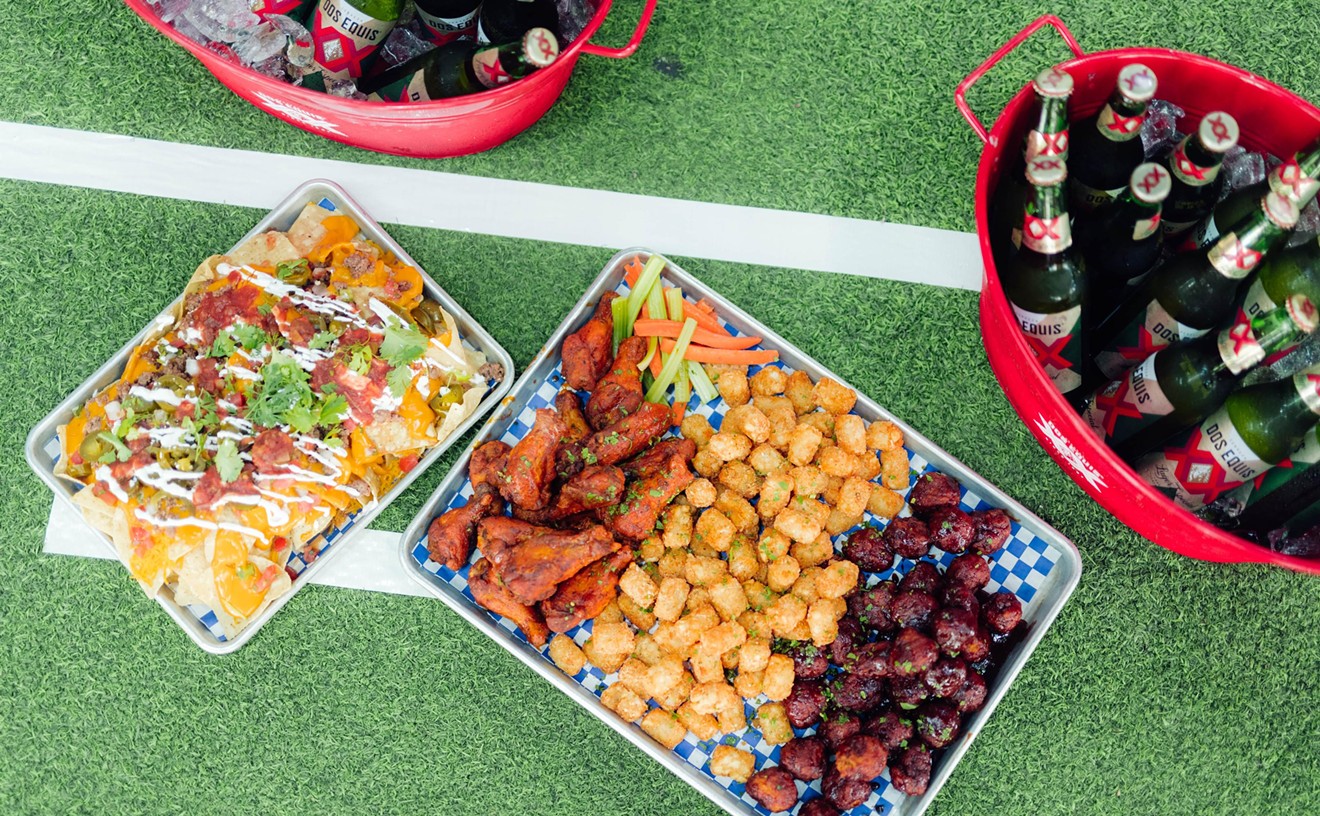Let's take a trip to northeast Italy to the famous Piemonte (or Piedmont in English). Piemonte is most famous for Barolo and Barbaresco, serious and seriously expensive wines that are fantastic but outside of my wallet's reach. It's also famous for Moscato di Asti, the light, slightly bubbly dessert wine that is currently very in vogue with younger wine drinkers. But Barolo and Barbaresco have a younger sister who is the party girl of the bunch and her name is Dolcetto.
See also: How to Sound Like a Wine Pro Without Really Trying
Dolcetto is a gregarious and easy going grape that will ripen fully almost anywhere it's planted. Nebbiolo, the grape in Barolo and Barbaresco, is more finicky and difficult to ripen. So what happens is the producers in the area plant Dolcetto in spots that Nebbiolo won't work, like hilltops or other cooler sites. Dolcetto is also accessible when young so it gets released early, a great way to generate cash flow for the wineries while they wait for their Nebbiolo to age.
There are seven areas that are designated for Dolcetto; d'Acqui, d'Alba, d'Asti, delle Langhe Monregalesi, di Diano d'Alba, di Dogliani, and di Ovada. Dolcetto d'Asti, d'Alba and di Dogliani are the ones you're most likely to find regularly stocked in retail stores. And lucky for us they almost always come in under $30, so they are definitely accessible.
There are a couple different ways that winemakers approach Dolcetto. Because the grapes have a pretty dark, tannic skin some winemakers don't let the juice stay in contact with the skins for very long. This method produces a lighter, less tannic version of Dolcetto with less body. Other producers macerate the skins with the juice for longer producing a more extracted style with abundant and plush tannins, which they will often put in new oak to make a more "international" style of wine.
In either case the distinguishing characteristic of Dolcetto is its dark purple color and abundant dark fruit flavors. Think plum, blackberry jam, prune with some licorice thrown in and a finishing note of toasted nuts. When you get a Dolcetto that has spent time in new oak it's like having an English breakfast of fruit conserve and toast. I like both styles, I recently had two back to back that were great examples of both styles and a cool study in contrast.
Because of its fairly low acid Dolcetto is not the most versatile food pairing wine. But it goes well with heartier meats especially grilled meat. A perfect pairing would be grilled duck breast with some kind of dark fruit sauce. However, drinking the lighter style just on its own is also delicious.
Next time you want to experience Italy's Piemonte grab a bottle of Dolcetto and raise a glass, there's a good chance that a winemaker in Alba is doing the same thing with the same wine while watching over his barrels of Barolo.
When I'm not writing this column or reading vintage charts to my daughter, you can find me pouring wine at FnB.










